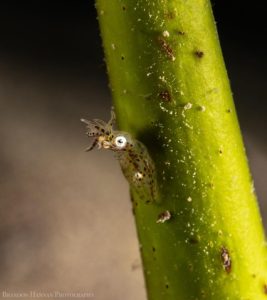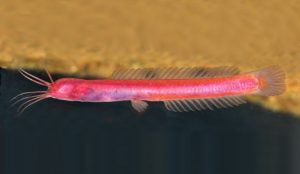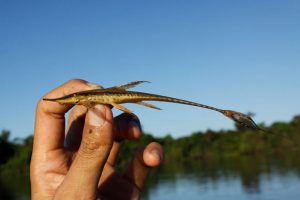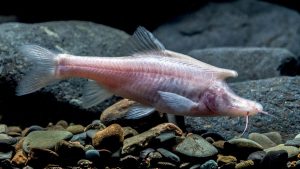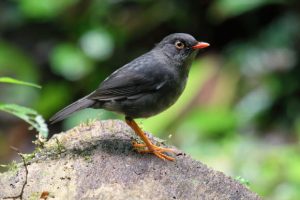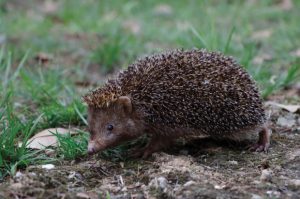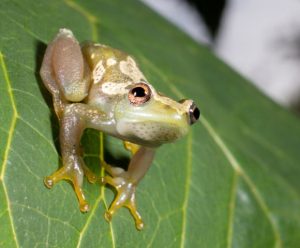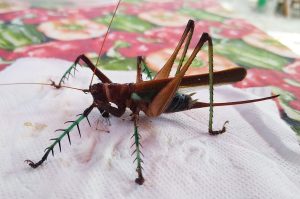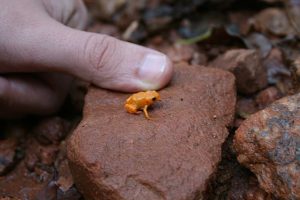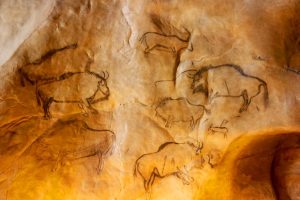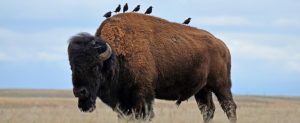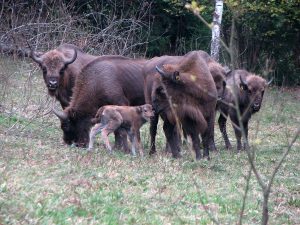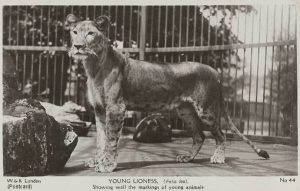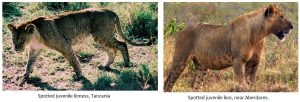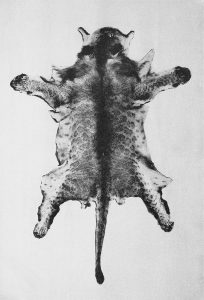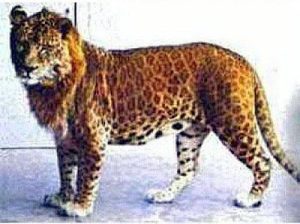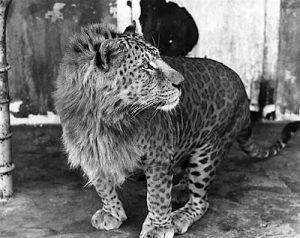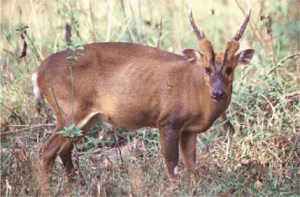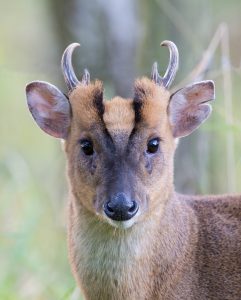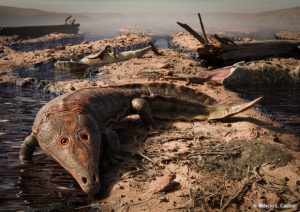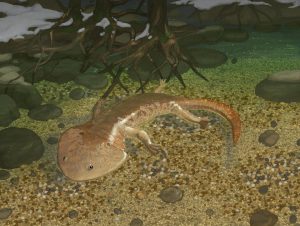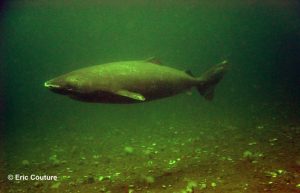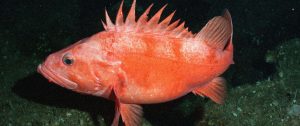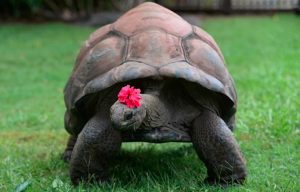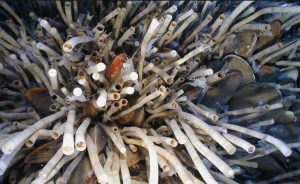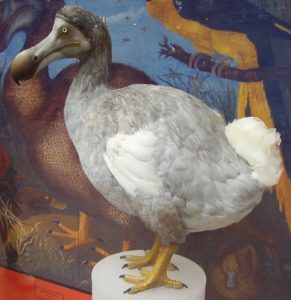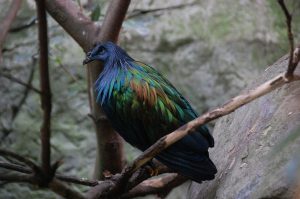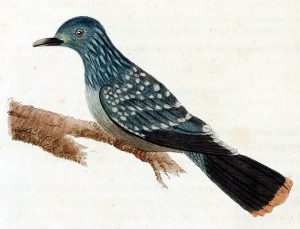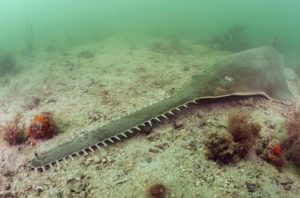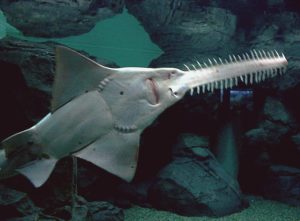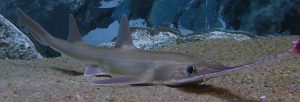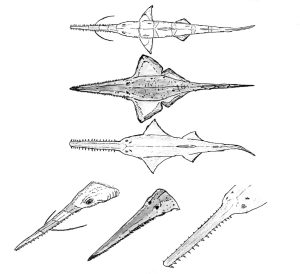Podcast: Play in new window | Download (Duration: 14:10 — 15.9MB)
Thanks to Ari for suggesting this week’s episode, about the peacock!
Further reading:
Peacock tail feathers shake at resonance and hold eye-spots still during courtship displays
Indian peafowls’ crests are tuned to frequencies also used in social displays
An ocellated turkey (not a peacock but related):
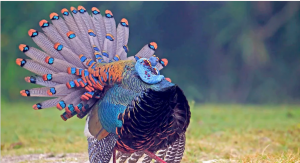
An Indian peacock male:
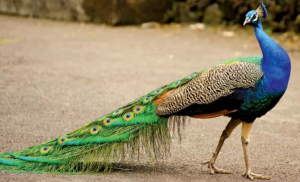
An Indian peahen with chicks [photo from this site]:
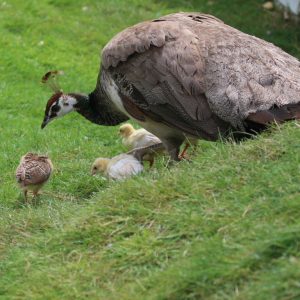
Close-up of a male Indian peacock’s crest [photo by Jatin Sindhu – Own work, CC BY-SA 4.0, https://commons.wikimedia.org/w/index.php?curid=49736186]:
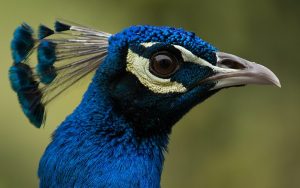
A male Indian peacock with train on display [photo by Thimindu Goonatillake from Colombo, Sri Lanka – Peacock Dance, CC BY-SA 2.0, https://commons.wikimedia.org/w/index.php?curid=19395087]:
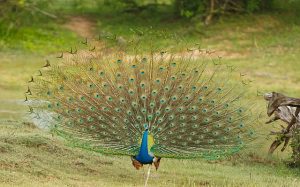
A green peacock [photo from this site]:
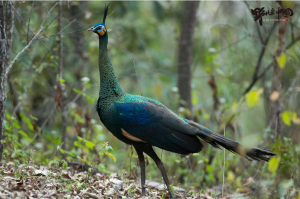
The mysterious Congo peacock [photo by Terese Hart, taken from this site]:
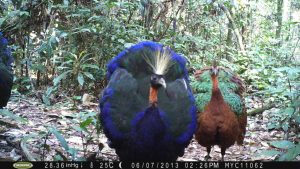
Show transcript:
Welcome to Strange Animals Podcast. I’m your host, Kate Shaw.
This week we’re going to talk about a beautiful bird that almost everyone has seen pictures of, and a lot of people might have seen in zoos and parks. It’s a suggestion by Ari, who wants to learn about the peacock!
The name peacock is technically only used for the male bird, with the female called a peahen and the birds all together referred to as peafowl. Most people just say peacocks, though, because the male peacock has such a fabulous tail that it’s what people think of when they think of peafowl. I’m happy to report that baby peafowl are called peachicks.
The peacock most people are familiar with is native to India, specifically called the Indian peafowl. It’s a surprisingly large bird, with a big male weighing more than 13 lbs, or 6 kg. Females are smaller. It’s the size of a wild turkey and in fact it’s related to the turkey, along with pheasants, partridges, and chickens. Back in episode 144 we talked about a bird called the ocellated turkey, a brightly colored turkey that lives in the Yucatan Peninsula, which is part of Mexico. The male’s tail feathers have the same type of colorful eyespots seen on a peacock’s tail.
But the peacock’s tail is way bigger than any turkey’s tail. It’s called a train and most of the time it’s folded so that it’s not in the way. A big male can grow a train that’s much longer than the rest of his body, more than five feet long, or 1.5 meters. Most of the train’s elongated feathers end in a colorful eye-spot, around 200 of them in total. The eyespot pattern really does resemble a big eye, with a dark blue spot in the middle surrounded by a ring of blue-green and a bigger ring of bronze. The bronze color is surrounded by pale green and the rest of the feather is a darker green. As far as we know, the eyespots aren’t supposed to look like eyes the way some animal markings are. A leopard or other predator doesn’t attack the tail thinking it’s a peacock’s head. It’s just a pattern.
For a long time scientists were divided as to what the peacock’s train was really used for. Not everyone thought it was for showing off for peahens. Some thought it was just for camouflage in the jungle. The main confusion was why the peacock would grow such a long, conspicuous train, which can be a hindrance to him in thick undergrowth and can attract the attention of predators. But many male birds have long, ornamental tails that may impede their mobility, such as various bird of paradise species, that are definitely meant to show off for females. This appears to be the case for the peacock too.
During mating season, male peacocks gather at what’s called a lekking site, where they hang out waiting for females. When a female approaches a male, he spreads his train into a fan and shivers it, which rattles the feathers together and also shows off the iridescent colors. The male struts around, showing off his tail, and the female may ignore him completely or take a good look at his tail. In studies where scientists snipped all the eyespots off a male’s train feathers, females never bothered to even look at the male, but since immature males don’t have eyespots, it could be the females thought the eyespot-less male was just a kid.
A 2016 study took a closer look at the shivering motion that the male produces during displays. Not only does the sound interest the female, the study discovered that the eyespots are locked together with microscopic hooks that help them stay still while the remainder of any particular feather moves, since it isn’t locked with other feathers. This makes it look like the eyespots are floating against a shimmery green background. Who wouldn’t love watching that? The brighter the eyespot’s iridescence, the more attractive the male is to females.
The rest of the Indian peacock is bright too. His back and most of his body is bronze, while his long neck is a brilliant green-blue. He has white markings on his face and a crest growing from the back of his head. The crest consists of a bundle of mostly bare feather shafts, with a little tuft of blue-green at the end. The female has a similar crest but it’s brown in color along with most of the rest of her feathers, although she does have some metallic green on her neck. She doesn’t have a long train, but she will sometimes spread her tail feathers and rattle them to communicate warnings to other peafowl. A 2018 study learned that the crests of both male and female peafowl are sensitive to vibrations, specifically to the sound frequencies produced by tail rattling.
Peafowl eat plant materials like seeds, fruit, and flower buds, but they also eat a lot of worms, insects, frogs, and other small animals, including small snakes. Because they’re so beautiful and do well in captivity, lots of zoos and parks keep peacocks. They’ve even been selectively bred to produce different colors, including a white peacock and a mostly black peacock.
Ari specifically mentioned hearing that peacocks cry happy tears. Crying tears as a result of emotions, whether happy or sad, is very specific to humans, and scientists aren’t sure why we do it. It seems to be a visual signal to other humans that the person crying needs help or support in some way. Other animals sometimes have weepy eyes, but that’s due to simple eye discharge, not emotions.
The idea that peacocks cry tears dates back many centuries. Medieval bestiaries published in Europe said that the peacock was vain of his beauty and strutted around proudly, but whenever he noticed his ugly feet he would cry. Similar proverbs date back at least several thousand years from ancient Rome and India. Some proverbs say that the peacock tries to hide his feet and that’s why he doesn’t fly very often, or that he cries first thing every morning when he first wakes up, either because he sees his feet and thinks they’re ugly, or because he’s worried he’s lost his beautiful feathers overnight. Some proverbs say that when the peacock cries at his ugly feet, the peahen will swallow one of his tears and that’s how her eggs are fertilized instead of in the usual way.
These stories are interesting, but they don’t have any basis in fact. The peacock doesn’t care what his feet look like because he’s a bird, not a human. Anyway, he has big, handsome feet that let him walk around as much as he wants. The peacock also doesn’t actually cry tears, whether happy or sad.
What he does do, though, is make a wailing noise that can sound like someone crying. It sounds like this:
[peacock sound]
Most of the time it’s only the male bird that makes these calls, as a way to attract a mate or just announce that he’s around. It’s also an alarm call if the peacock spots a potential predator. People in the olden days observed this behavior and thought the peacock might really be crying. That led to the stories about his supposedly ugly feet, because the rest of the bird is so beautiful that he couldn’t possibly be crying about the rest of his appearance.
There’s another species of peacock that’s just as spectacular as the Indian peacock, although it’s less well known because it’s harder to keep in captivity. The green peafowl lives in many parts of southeast Asia and is endangered due to habitat loss, poaching, and capture for the illegal pet trade. It’s more lightly built than the Indian peacock but the male can have an even longer train, over six and a half feet long, or 2 meters. The male is green and blue all over. The female is also mostly green, but with coppery speckles on her neck. Both have crests, although they point straight up instead of back.
That brings us to a mystery peacock, although fortunately it’s not a mystery anymore, or not as much of one.
At the beginning of the 20th century, the Congo basin in central Africa was colonized by Belgium, and Belgian authorities kept hearing interesting reports from local people and colonizers alike about a strange, shy animal that lived in the forest. In 1913 a small expedition was sent to find the animal, but it failed. Eventually the animal was discovered by scientists, and we know it by the name okapi. We talked about it in episode 218. (It’s not a peacock, it’s a relative of the giraffe.) One of the scientists in the expedition was James Chapin, and while he was in Africa he bought some feather headdresses from local people and took them home to examine the feathers.
He was able to identify all but one of the feathers. The mystery feather looked like it came from a guineafowl or pheasant, but it was too big and didn’t quite match any known species. Chapin set the mystery feather aside to look at again when he had more time.
Twenty-one years later, in 1936, Chapin visited a museum in Belgium to study a big collection of taxidermied birds that had been donated in 1914. The museum specialized in items and animals from central Africa, so when Chapin noticed two stuffed birds that looked like pheasants, he knew there was something weird going on with them. True pheasants aren’t found in Africa. The card attached to the specimens said they were young peacocks, and that didn’t make sense either. Peacocks are only found in Asia.
Chapin examined the birds and realized that they really were an unusual type of peacock. Not only that, he recognized the feathers. His mystery feather from 1915 matched the mystery peacock.
The following year, Chapin traveled to the Congo to look for the bird in the wild. Sure enough, it was there!
The Congo peacock looks a lot like a turkey at first glance, or a big guineafowl. Instead of a long train, the male has a more turkey-like fan of tail feathers, but they’re deep blue and black in color. He also has blue on his wings and his neck is red, with a black head with a black and white crest. The female has a red neck with a red crest, and her back is green while the rest of her is a soft brown. We don’t know a whole lot about the bird, but it’s increasingly threatened by habitat loss and hunting.
The Congo peacock isn’t a true peacock, although it’s very closely related. While the male does fan his tail during courtship displays, he’s actually fanning a different set of feathers than true peacocks. A peacock’s train is actually made up of the upper tail coverts, a set of feathers near the tail but not actually making up the tail. A peacock’s actual tail feathers are shorter and bronzey-brown in color.
All peacocks can fly, even males with the longest trains, although they prefer to spend most of the time on the ground. Outside of mating season, males shed the long feathers of their train and regrow them the following year. Many zoos that keep peacocks will collect these shed feathers and sell them so that people can use them in crafts and decorations, because everyone loves peacock feathers.
You can find Strange Animals Podcast at strangeanimalspodcast.blubrry.net. That’s blueberry without any E’s. If you have questions, comments, or suggestions for future episodes, email us at strangeanimalspodcast@gmail.com. We also have a Patreon at patreon.com/strangeanimalspodcast if you’d like to support us for as little as one dollar a month and get monthly bonus episodes.
Thanks for listening!
